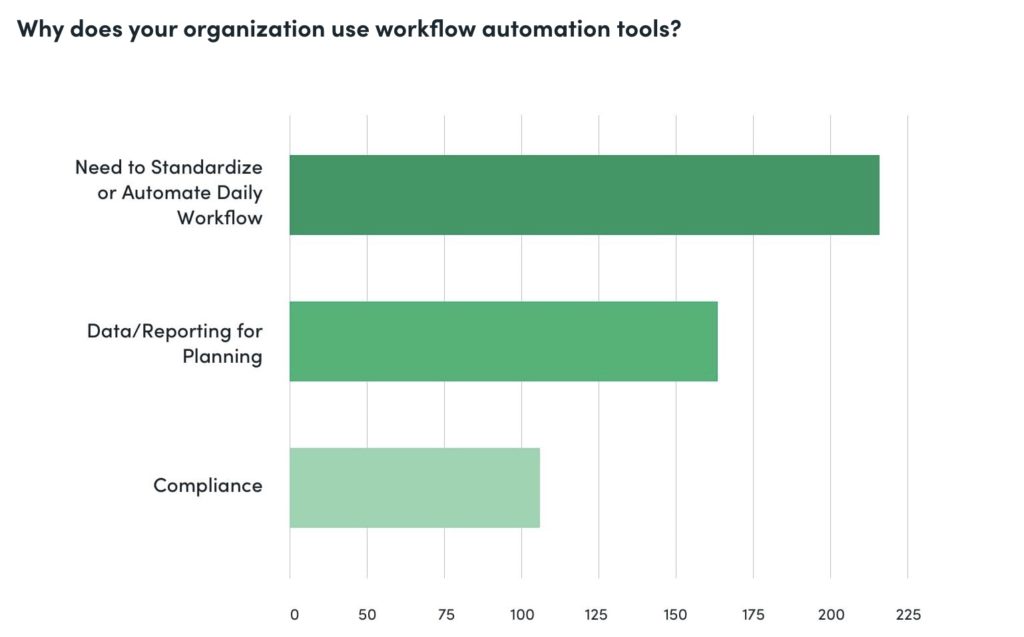
The online medical supplies industry is increasing rapidly as more and more people continue making purchases electronically. From 2015 to 2020, the sector grew at an annualized rate of 17%.
A medical supplies catalog is another marketing piece you can share with potential buyers to encourage them to purchase. A product catalog should include all the details a prospect needs to make an informed buying decision. Essential features include product descriptions, images, pricing, colors, customer reviews, and much more.
Throughout this article, we’ll explain why you should consider offering a catalog that includes the medical supplies you provide and how to create one from scratch.
Quick Takeaways:
- The online medical supplies industry is growing rapidly as more and more people continue making purchases electronically.
- Having an online product catalog allows you to look up technical information quickly, generate more sales, and keep inventory updated in real-time. It also helps enhance the user experience.
- To design your new catalog, start by conducting research and identifying your supply system. Next, choose which elements you want to include, choose software, and design your catalog.
The Benefits of Having a Medical Supplies Catalog for Clients
Having a medical supplies catalog on hand is not only helpful for marketing and sales purposes. Yes, it’s an excellent piece of collateral for sales reps to use to communicate with customers. But it’s also beneficial for internal warehouse managers, operators, and partners. Everyone can refer to it as a manual or guide to making purchases, selling, taking inventory, performing demos, and sharing it as needed.
Here’s a rundown of several other benefits your business can experience by producing a detailed product catalog online.
- Always have complex or technical information on hand.
- Keep inventory updated in real-time.
- Generate sales by having all product and service information readily available.
- Share information quickly and easily online.
- Generate sales from anywhere at any time.
- Improve the user experience.
- Promote your brand with a well-designed product catalog.
How to Design an Online Medical Supplies Catalog in 9 Steps
So you’re ready to start selling medical supplies to your clients online. Here’s how to develop an online product catalog that stands out and converts.
1. Conduct Preliminary Research
Before you begin, ensure you are updated with the licensing and regulations the FDA has set for medical device distributors.
2. Identify Your Supply System
Compile a list of your current vendors (or shortlist vendors if you’re setting up a new system). Factor in resources and manufacturing capacity for each vendor. That way, you can strategically work toward your sales goals.
3. Incorporate the Right Elements for Your Online Catalog
Before developing your catalog, choose the elements you want to include based on your business, goals, and resources. Here are several pieces to consider:
- Product names
- Product descriptions
- Certifications
- Customer reviews
- Product dimensions
- Product features
- Product guarantees or warranties
- High-quality images
- Return policy
- Safety information
- Year and version of each product
- Terms and conditions
- Front cover
- Table of contents
- Introduction
- Closing summary
- Back cover
- Calls to action
- Branding
4. Choose the Right System or Template
After you’ve decided on the elements you want to include, you can choose a system and template that supports your plan. Look for a system that’s secure and powerful enough to support your catalog while giving your customers the best online experience you can muster.
You’ll also want to choose a tool that’s easy to navigate. While the back end of your catalog may be complex, the front end shouldn’t be. Many ecommerce product catalog tools exist. Choose the best one for your business needs and catalog complexity.
5. Choose an Automated Configuring Process
Look for software that includes product configuration technology. That way, you can track items for planning and inventory automatically. Standard configurations include prices, part numbers, and a spec doc.
6. Professionally Design It and Add Branding
If you want people to associate your online catalog with your business instantly, incorporate branding elements. These should include your logo, brand fonts, colors, and graphics that reflect your company’s styles and personality.
Hire a professional designer to lay out the pages, incorporate branding, and create a cohesive design for best results. Pages should appear balanced, photography should be pristine, and the catalog as a whole should attract your target audience. Every page and element should work toward a common goal: to encourage users to buy.
7. Tell a Story and Build Trust
To make your catalog engaging for browsers, you can incorporate messages that resonate with readers and storytelling. This will help people get to know your brand and connect with prospects on a deeper level. You can include client stories, testimonials, and case studies that resonate with potential buyers.
8. Include Filter Functionality
Finding a specific item can be tricky and time-consuming if you have a massive catalog with hundreds or thousands of products. Giving people the option to locate a particular product or add a filter to narrow down results will enhance the user experience. You can do this by tagging and categorizing products.
9. Incorporate Key Conversion Components
Incorporating key conversion elements is crucial to getting more sales. Adding calls to action (CTAs) strategically, offering prices upfront, and making the buying process as simple as possible are all ways to increase conversions and move people through the sales funnel.
You can also aim to upsell and cross-sell by suggesting related products throughout your catalog. Offering alternatives to what a user is considering is another way to get people to continue shopping to find the best product to meet their needs.
Ready to Enhance Your Online Marketing Results?
Share Moving Media is a premier publishing and content marketing company. We love partnering with manufacturers and distributors in the healthcare space. If you want to expand your market share, grow meaningful relationships with potential buyers, and improve your brand image, we want to help. We can also help you create an epic online medical supplies catalog that converts.
Reach out to get started!





